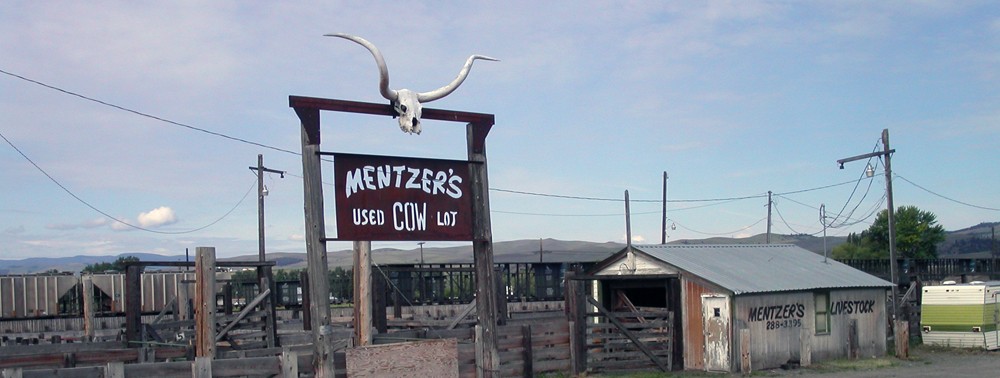In 2018, the City of Pittsburgh passed a law recognizing community organizations and implementing a process to improve stakeholder participation in development activities. The new law added to an already complicated bureaucracy for such municipal boards and commissions as the Zoning Board of Adjustment, Planning Commission, and the Historic Review Commission. These quasi-judicial boards hold public hearings where members of the public and City officials “are allowed to give testimony concerning issues under consideration.” The new Registered Community Organization Law requires all people living in a neighborhood with a registered community organization (RCO) to hold a public meeting called a development activities meeting or DAM before they can have a case heard before one of the city’s quasi-judicial boards.
Gina and Steve Super got sucked into the new DAM system soon after it launched. In1996, they bought a historic building on Pittsburgh’s Southside. For almost 50 years prior to their purchase, the two-and-a-half-story brick building at 2106 East Carson Street had housed Gerson Brothers, a tailoring and dry cleaning business. After buying the building, Gina Super opened The Laundry Basket in the storefront space.
About two years ago, the Supers decided to make some changes. They closed the laundry business and converted the space into a retail store. At the same time, the Supers painted the building’s exterior. “All we wanted to do was freshen up the paint on the front and we replaced it with the same exact colors,” Gina Super told me in a January 2022 interview. “It wasn’t like we were changing or altering the front of the building. We repainted the identical colors.”
Continue reading

